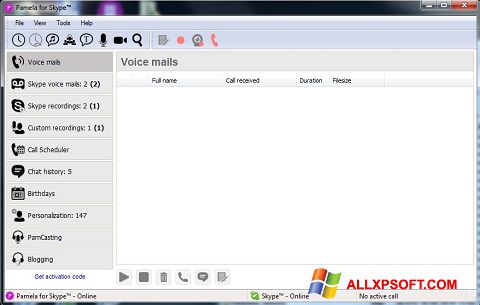


I installed Windows XP numerous times on several different machines, each with it's own unique add-ons and capabilities. Not much changed between my first introduction to the "Luna" user interface on February 5th and the release of Beta 2 on March 23, 2001, but I will be looking closely at Beta 2 and post-Beta 2 builds in the coming weeks. Note that this review was written based on over a month of hands-on experience with several pre-Beta 2 builds, and I verified this information against latest pre-Beta 2 build before publication. Given all of the information in these showcases, this review will focus on the changes, improvements, and new features in Windows XP Home Edition and Professional Edition, discussing where these features succeed and fail. Windows XP Networking: Wireless and Home Networking.Windows XP Software and Hardware Compatibility.Professional Edition: What's the difference? Windows XP User Interface Gallery: What's new, different, and updated in the "Whistler" UI.In these Technology Showcases, I present behind-the-scenes looks at. Regardless of the Windows version you're using today, you're going to want Windows XP.īefore we proceed, I recommend reading through my extensive Showcase articles about this product, where I discuss a number of the key technologies that make this release special. Surprisingly, even its current beta form, Windows XP is a major success across the board, and it's an upgrade that's easy to recommend for almost any type of user, given some system requirement caveats (more on that later). No, Windows XP has been updated, tweaked, improved, and massaged from top to bottom, in order to create an OS that is equally useful for new users, typical home users, power users, and business desktops. And it's not just because this release includes the first major user interface (UI) change since then, though that's certainly one of the more obvious changes. Clearly, Windows XP is the most important operating system release since Windows 95.


 0 kommentar(er)
0 kommentar(er)
